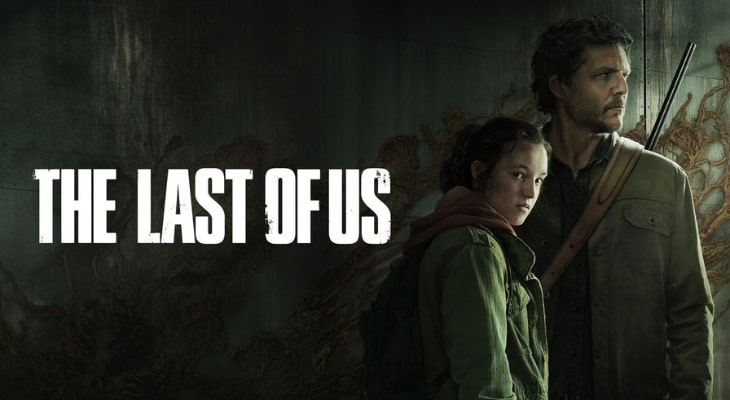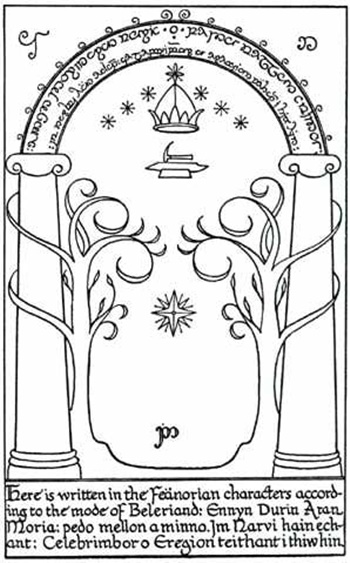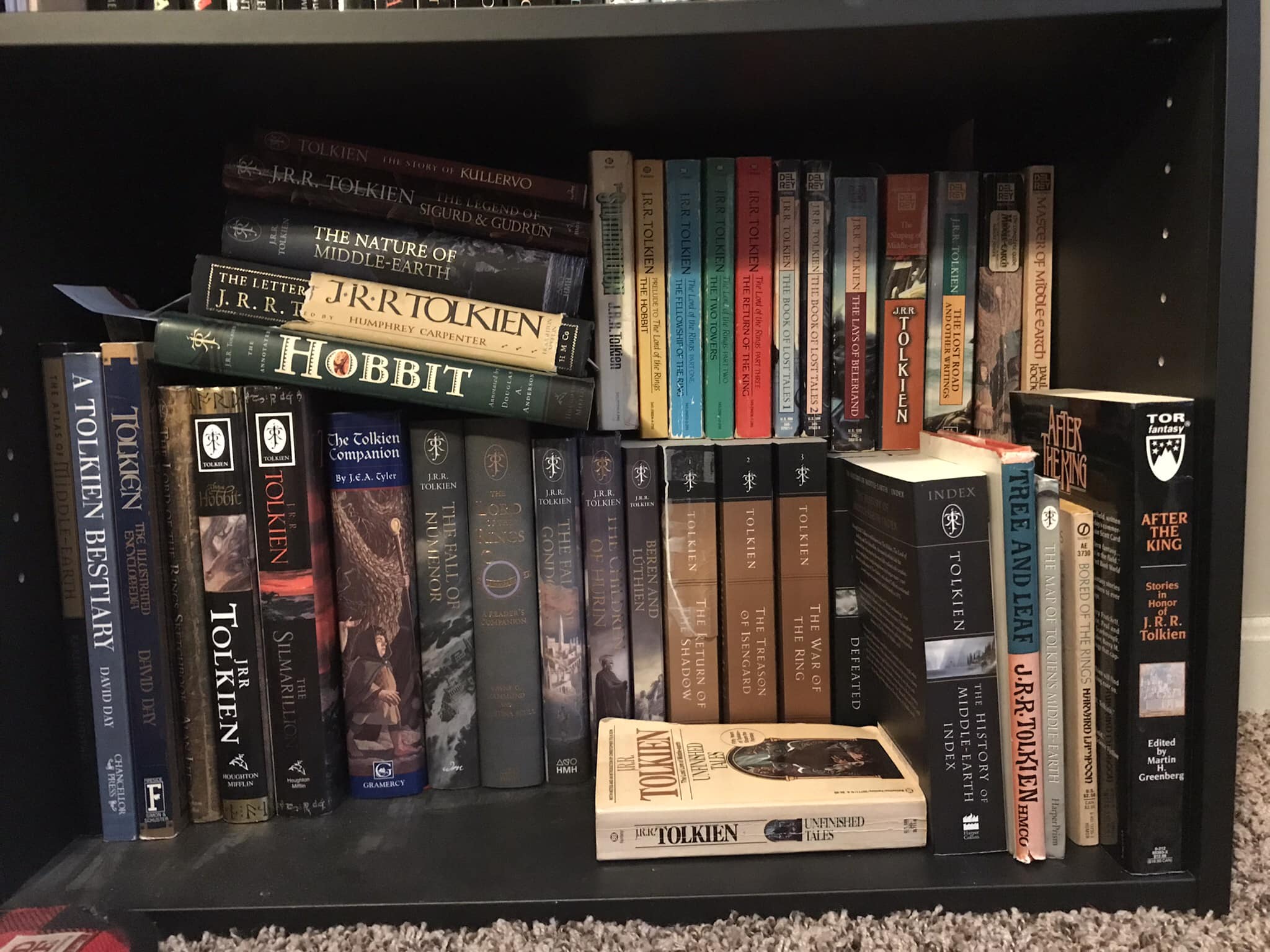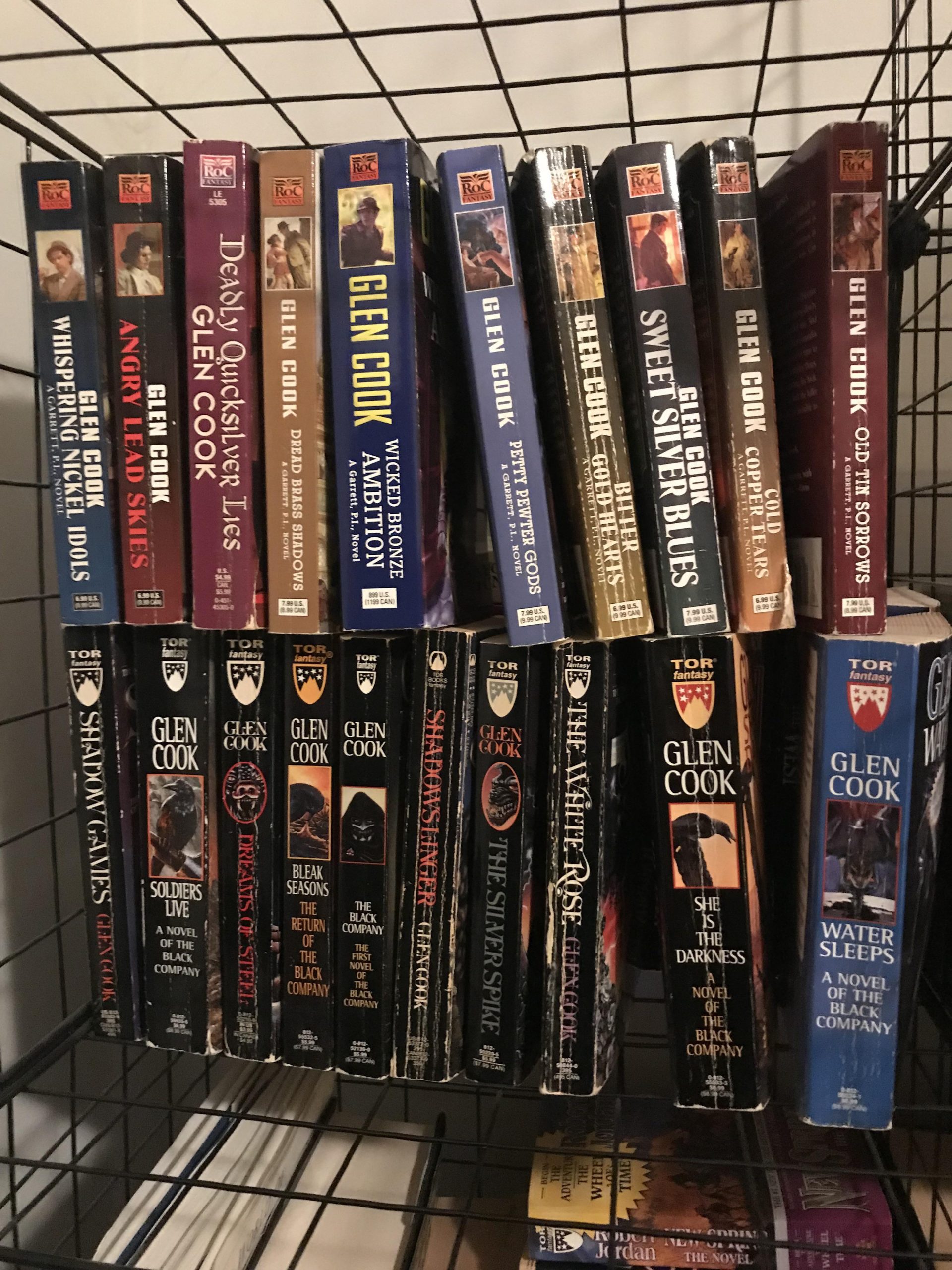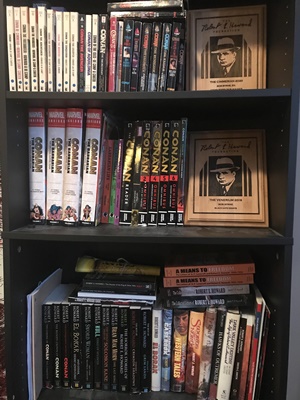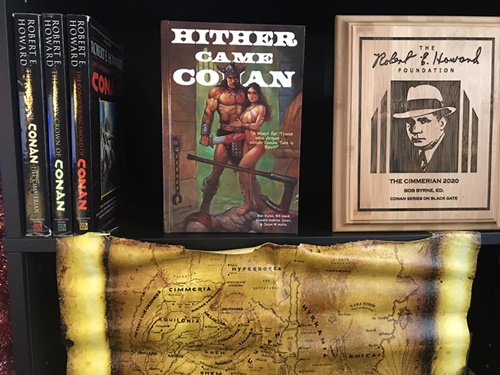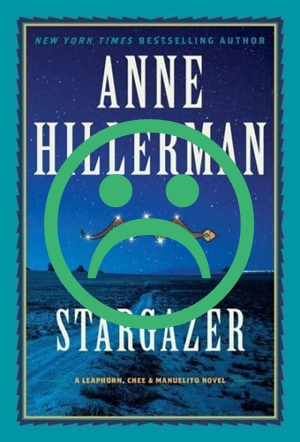 I’ve done three shelfies posts. If you missed those (shame on you!), I’ve been posting shelfies, with comments on some of the books, over in a bookshelf subreddit. With over 2,000 physical books, I’ve got a lot of shelves.
I’ve done three shelfies posts. If you missed those (shame on you!), I’ve been posting shelfies, with comments on some of the books, over in a bookshelf subreddit. With over 2,000 physical books, I’ve got a lot of shelves.
And to me, if you’re talking about a shared universe, you gotta start out with Thieves World. I own a (non-RPG/comics) almost complete library; including one few folks know about, let alone have.
THIEVES WORLD
The first Thieves World book came out in 1979, and I have a first edition Ace paperback. I started reading the series almost from the start, and re-read that first book as recently as 2020. It’s probably in my Top Five Fantasy series’.
Thieves World was a shared universe, where multiple authors wrote short stories around the Empire outpost, armpit town of Sanctuary. Writers could use others’ characters in their own stories, and the authors came and went in the series, but their creations were fair game for anyone.
Many of the biggest names in fantasy joined in, and there were also spin-off novels. There were twelve collections, from 1979 – 1989 in the original series. I’ve got all of them on that bottom shelf. I really liked the art-style on the first six books. A friend of mine has at least two of the original paintings by Walter Valez – I suspect more than just those two, which I got to stand right in front of. LOVE them!
Tempus, Hanse Shadowspawn (my favorite rogue in all of fantasy), Molin Torcholder, Jubal, Crit, Niko – SOOO many cool characters. It got a major shake-up later, when a sea-faring race arrived (foreshadowing of the Seanchan?), but it still works. I think that the current crop of Dark Fantasy writers were influenced by Thieves World, which was well before of them.
…
Read More Read More
